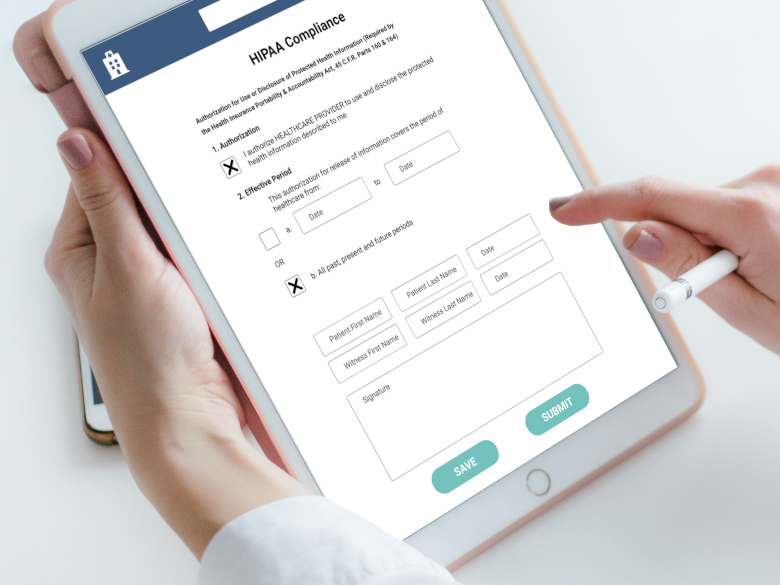Collaborative, evidence-based decisions the key for successful healthcare policy-making
Healthcare systems globally have gone through several dramatic upheavals in recent years – all of which have implications for healthcare policy-making.

Healthcare systems globally have gone through several dramatic upheavals in recent years – all of which have implications for healthcare policy-making.
One of the most notable drivers was the COVID-19 pandemic. On one hand, this led to industry becoming a more meaningful partner in discussions with governments. At the same time, however, it also became another reason for cost containment across healthcare systems as governments faced budgetary pressure to address the crisis.
While the aftermath of the pandemic will continue to be felt across healthcare systems, non-communicable chronic diseases – such as diabetes, heart disease, and cancer – cannot be ignored. With aging populations, chronic diseases are on the rise across the globe, and these place significant cost pressure on countries. The way these diseases need to be tackled from a policy perspective is vastly different to the approach to communicable diseases.
Innovation, social media and data
Beyond disease-specific issues, healthcare systems are also impacted by broader trends. Innovation brings new opportunities but it also adds cost. Innovators want to be remunerated for their discoveries and payers must heed budgetary considerations.
Social media is also playing an important role in policy trends. Increasingly, forums such as LinkedIn and X, formerly known as Twitter, are being used to share and gather anecdotal information and, while it’s fair to argue that what is shared is not always evidence-based, the platforms have become important tools for all healthcare stakeholders.
One other important trend is big data and increased access to large datasets, which can impact how decision-makers look at healthcare policies. By big data, we are referring to both the collection of databases (numbers, vectors, text, images) and the tools and methods used to interrogate them (data analytics). The ability to access such data to support decision-making is a positive development.
Current and looming threats
The biggest challenge for manufacturers is the budgetary pressure facing payers and, with it, cost-containment measures. This is happening across the board, including in countries with historically high GDPs, strong buying power and good welfare programmes.
While cost containment plays a role in ensuring the sustainability of healthcare systems, the problem can lie in the short-term focus that tends to be favoured without consideration for unintended long-term consequences. Nor do budgetary decisions necessarily reflect the real cost drivers. An example is hospital expenditures compared with drug expenditures. While the cost of drugs is dwarfed by hospital costs, policy-makers typically focus on cuts to drug pricing because of its more immediate impact and resonance.
Data also looms as a potential threat, as well as an opportunity. Access to data is far easier today than in the past, but it is important to question what the data is, who owns it and whether it can be trusted.
The importance of evidence in policy-making
Policy-making begins with identifying and analysing a problem, designing the policy then implementing it, and, over the longer term, monitoring and evaluating it. However, policy decisions are not necessarily always based on evidence. A 2014 report from the National Endowment for Science, Technology and the Arts, states:
“It’s fairly obvious that intelligent use of evidence reduces the risks of error and increases the prospects of success. But systematic use of evidence remains surprisingly rare ... In most fields of government action, the evidence is too patchy; or it may show that things work in one context but not that they can be spread. Yet it’s vital that everyone from a police officer or head teacher to a policymaker is aware of what is known … politicians have the right to ignore evidence but not to be ignorant of it.”
With greater access to datasets to back up recommendations, there are bigger opportunities than ever to ensure policy-making is evidence-based. Such data does, of course, need to be reliable and validated, but increasingly it’s possible to support positions – for example, drug pricing -- with benchmarking from different countries. At the same time, proposals that are put forward to policy-makers should be based on data.
There do, however, need to be safeguards around data to ensure it isn’t misused. There are challenges in this regard since some countries are better regulated than others when it comes to data protection, and some might even be too heavily regulated. Good policymaking will require careful thought for the reliability of the data, and how that data is accessed and used.
A collegial environment
Together with good data, greater opportunities to bring multiple stakeholders together paves the way for better decision making. New digital forums make it easy to bring many different parties together to develop recommendations and create alignment around those proposals.
Some new meeting formats enable the creation of digital cities where all stakeholders provide policy input, share their opinions and build scenarios to support decision-making. For these meetings to have greatest resonance, they should include all stakeholders – policy-makers, payers, patient representatives, healthcare providers, practitioners, industry bodies, academics and so on – to ensure everybody contributes to decisions that impact the healthcare system and a win-win solution can be achieved that satisfies all parties involved.
While progress is being made in terms of including more stakeholders in discussions, when it comes to the actual decision, it’s typically made by very few people. Without the perspective of all parties, there is a tendency to look only at the short-term when making decisions, rather than adopting a long-term, holistic approach to healthcare policy.
To achieve better policy-making, those most affected by decisions should be involved in the discussion. That means patients, caregivers, all healthcare professionals – nurses, healthcare workers, community workers, as well as physicians. If those stakeholders at least have a voice in the process and are included in how policy decisions are reached, those decisions will be better informed, potentially better received and ultimately will result in better outcomes.
Within pharmaceutical companies, the work on policy should be informed through engagement with multiple internal stakeholders – not just the government / corporate affairs or public affairs function but also functions such as market access, medical, regulatory, and commercial.
Having all those functions provide their input can result in a better approach and in a better outcome. It will ensure thought is given to the impact a product launch would have on the market or environment, what risks, as well as opportunities, that brings to the entire system and how best to navigate those.
A holistic approach
Policy-making decisions have an enormous impact on the healthcare system, on society and on health outcomes for patients. For example, decisions as to whether or not to pay for an innovative product that might have a high price tag need to be made based on evidence that considers broader implications, such as its longer-term impact on health and social outcomes. Questions to consider include: Will it prevent a recurrence of the disease? Will that reduce longer-term costs? Will it improve quality of life?
Good policy-making will require a multi-stakeholder co-development approach to policy. This needs to start with identifying and defining the problem or opportunity, understanding potential solutions, developing an implementation plan and then formalising a policy. Co-development should include all relevant groups, as well as expertise such as from academics and consultants from other countries that have addressed similar issues.
Second, good policy-making must be evidence-based, supported by good arguments and examples of how and why such an approach would work, drawing on data from global sources.
A more holistic approach to policy-making, one based on data and the inclusion of multiple stakeholders, will help to ensure the best decisions are made – ones that support patients, caregivers and healthcare providers while ensuring the sustainability of the healthcare system.









